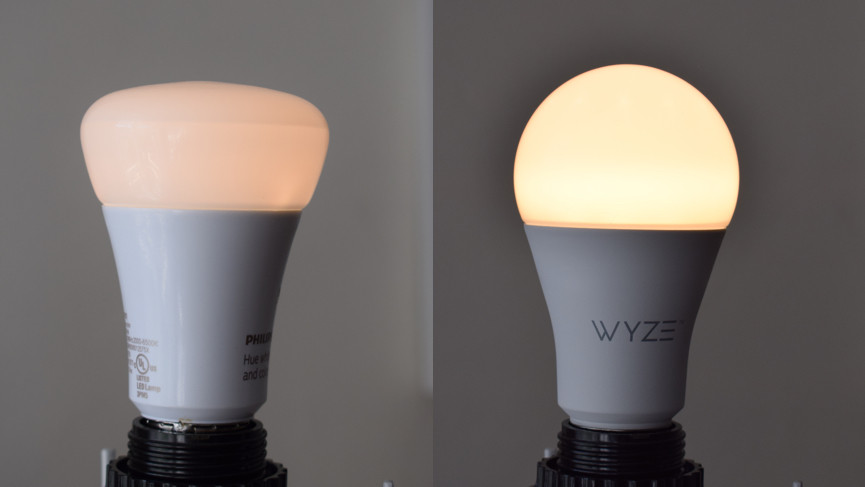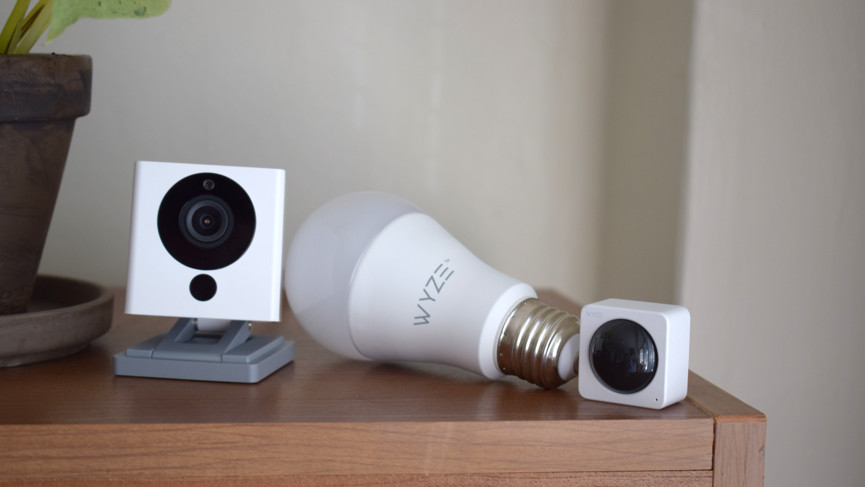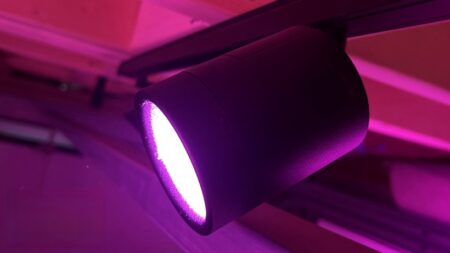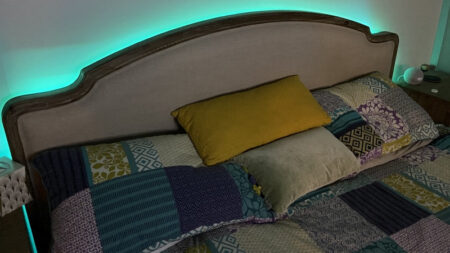Wyze's $8 smart light should shake up the market. It's also great
Wyze has done it again with the Bulb, a smart light that will make you rethink splashing out on bigger brand rivals. At $8 it's ridiculously cheap, but we'd love a colour option. Automations are decent and there's support for Alexa and Google Assistant. Sadly, there won't be HomeKit support.
Pros
- That price
- Works with Wyze Shortcuts
- Easy to set up and use
Cons
- No color option (yet)
- No HomeKit
- Smaller brightness range than others
When we put the $20 Wyze Cam to the test, we were shocked by how well it held its own against pricier competitors. The story is much the same with the Wyze Bulb.
The race to the bottom dollar has been more aggressive with smart lights than cameras, with Sengled, Lifx, Xiaomi and more undercutting Philips Hue, which is still considered the best from a quality perspective. But while that price gulf has widened, the quality gap is closing.
Read this: The best smart lights for your home
At $8 a bulb, or $30 for a pack of four, Wyze has the cheapest smart bulb from a “known name”. Yes, Ikea sells individual Trådfri bulbs for about the same price, but those require a hub. Wyze’s bulbs don’t.
We’ve been living with a few of these bulbs in our home to see how they fare, and tested them against Philips Hue, Sengled and Lifx. Here’s what we found.

Wyze Bulb: Setup and quality
This is Wyze’s first smart bulb, and for the time being you can only get it in white, with no colour options. You can adjust the warmth of the bulb in the app, but if you want colours then you’ll have to go looking beyond Wyze’s platform. We’re sure they’ll come in time though.
We’ve already mentioned the other essential fact: Wyze Bulbs don’t need a hub. They connect directly to your Wi-Fi, via the app, but that Wi-Fi does have to be 2.4GHz, so there’s no support for 5GHz, sadly.
Budget rival: Innr smart lighting review
To get going, you just download the Wyze app, create an account and then search for the bulb. There’s the familiar dance between app and Wi-Fi settings as you get the two talking, but the overall process took us less than two minutes. After that, it’s time to play.
Wyze’s bulbs do all the basics you’d expect in a smart light: in-app control, brightness/temperature adjustment and the ability to do it all remotely. That last one is a big bonus considering the lack of a hub.

Wyze claims its bulbs max out at 800 lumens, which is the same as Philips Hue’s comparable options. They certainly shine bright at the maximum setting, although they don’t actually dim as far as Hue or other bulbs we tested them against. It’s hard to depict this accurately in a picture, but the above shows a Hue colour bulb (left) and the Wyze at their lowest settings. It’s a shame it doesn’t go lower.
This is, we’ll emphasise, a minor gripe. The colour temperature runs from 2700k-6500k so you can move from the harsher white brightness to a much warmer yellow, and knocking up that warmth will help make the bulb appear dimmer.

Wyze Bulb: Smart home automations
Wyze lets you use its bulb as part of automations, which Wyze calls ‘Shortcuts.’ These shortcuts let you trigger events using Wyze devices, or by setting time schedules. We set one up where when the Sense detects movement it turns on the living room lights. You can add your Wyze lights to scenes too, setting specific brightness and colour levels for individual bulbs.
What you can’t do yet, however, is use both events and time schedules together. I’d like my light automation to only happen when it detects movement and it sees it’s evening time, but for now I can’t have it both ways.
If you’re just getting set up with Wyze and you’re trying out automations, I should mention that these were very flaky out of the box. My Shortcut for triggering the light with the Sense motion sensor didn’t initially work. Other users have reported similar issues with Shortcuts. The solution? Give it a bit of time. It appears the sensor needed some to calibrate to its surroundings.

The same thing happened with the camera when I created a Shortcut that would turn the lights on when a person was detected. After a lot of flailing about to no avail, I decided to wait a while. About 20 minutes later, I got a notification that a person had been detected (me!) and the living room lamp dutifully ignited.
Beyond Wyze’s app, there’s Alexa and Google Assistant integration. Both assistants can be used to adjust the temperature/colour of your bulbs (“Hey Google, turn the living room light down by 10%” for example). You can use IFTTT too. The obvious missing one is HomeKit, and sadly Wyze has confirmed it’s not coming to this generation of products.






